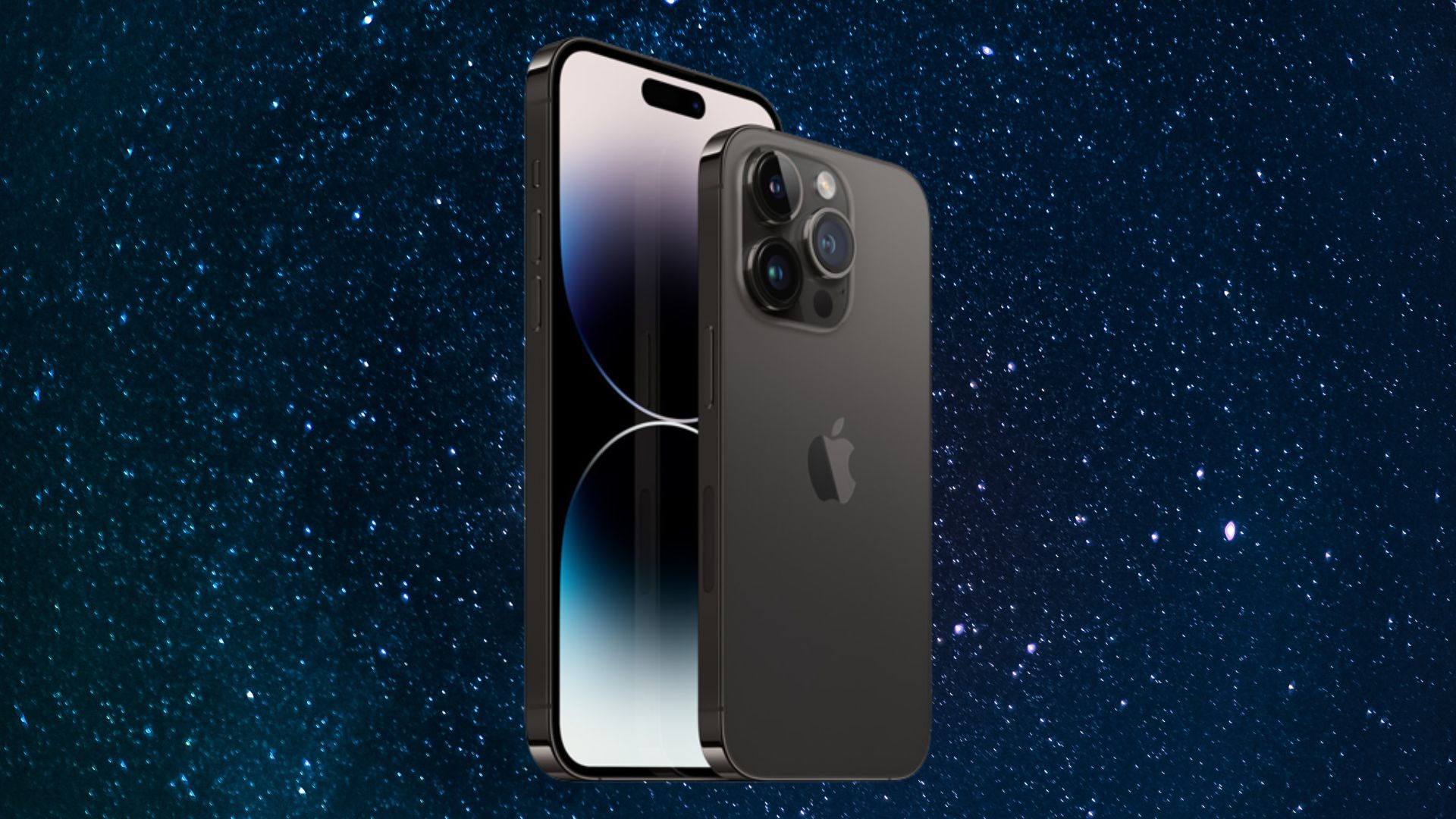
What do you do with your old iPhone after you've upgraded to the shiny new, best iPhone on the market? Some trade-in their old handset for the new one. Others try to sell it themselves. Or if you've got an older device, you may just give it back to Apple to recycle. But does your iPhone actually get recycled if you do this. This report suggests that it doesn't.
In what reads like a plot of an Ocean's flick, over 99,000 iPhones which were supposed to meet their maker (quite literally) in the recycling shredders, found themselves on a secret detour to the grey markets of China. This little escapade was courtesy of employees at GEEP Canada, a partner of Apple’s recycling program. These “recycled” iPhones were not meant for resale; they were supposed to be destroyed to recover precious materials.
These devices, which were fully functional and ready for a second life, were instead smuggled out and sold off, completely unbeknownst to Apple. The scale of this “recycling” ruse? Massive. Apple’s audit revealed shocking discrepancies with missing products and misplaced data. It’s not just a breach of contract – it’s a full-on heist of tech that could’ve been an environmental or security risk, had they contained sensitive data.
Apple's recycling efforts today
Despite the blip with GEEP, Apple's recycling efforts today are nothing short of industry standard. Gone are the days of just smashing up old iPhones to bits – Apple uses high-tech machines to separate your old iPhone into its components.
One example is Daisy, Apple’s smart recycling robot that disassembles iPhones piece by piece, recovering more materials for reuse than ever before. This is part of a bigger strategy where Apple aims for a circular supply chain, pushing the envelope on sustainability.
Apple has made significant strides in enhancing its recycling technology, from advanced shredding techniques to introducing robots like Daisy, which can process numerous iPhone models per hour, salvaging materials like cobalt and tungsten.
The focus now is not just on recycling, but on creating long-lasting products that can go through multiple owners before they even hit the recycling line. The biggest example of this is Apple's Self Service Repair program, which allows tech-savvy users and third-party repair shops to use Apple's own hardware and tools to repair the latest Apple devices.







